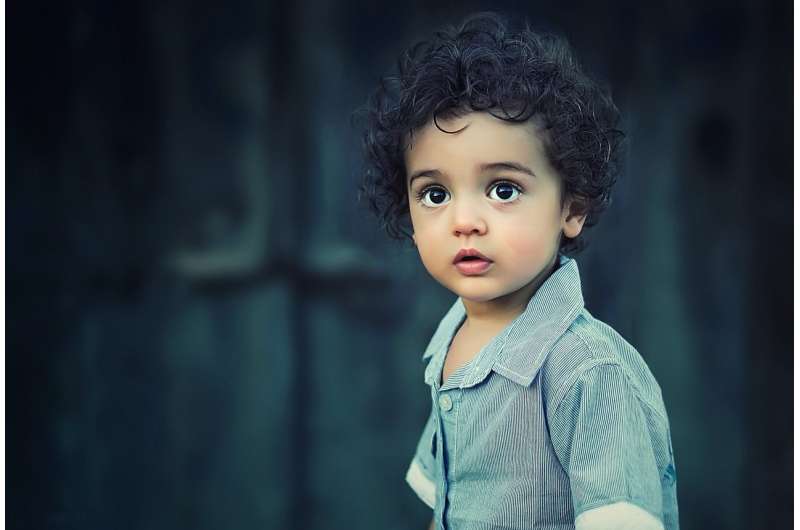Credit: CC0 Public Domain
Growing up in areas with income inequality is associated with being bullied, according to a new study, which surveyed approximately 874,000 children in 40 medium and high income countries in Europe, North America and Israel.
The study, published today in the journal JAMA Pediatrics, was conducted by an international team led by Prof. Frank Elgar, of Mcgill University, and other Canadian researchers together with scholars from Ireland, Poland, Romania and Israel.
The researchers utilized 35 years of data from the World Health Organization's Health Behaviors in School Aged Children (HBSC) study, a survey carried out every four years. The HBSC uses representative samples of 11, 13 and 15-year-olds in each country. The analysis was carried out within the framework of the Violence and Injury Focus Group (a working group within the HBSC). Prof. Sophie Walsh, of the Department of Criminology at Bar-Ilan University in Israel, serves as the international leader of the Violence and Injury Focus Group and participated in the study. Prof. Yossi Harel-Fisch, Director of the International Research Program on Adolescent Well-Being and Health at the Churgin School of Education at Bar-Ilan University, is the Principal Investigator of the HBSC in Israel and a member of the HBSC International Coordinating Committee.
According to the study country level income inequality during the first four years of a child's life (rather than school age years) was associated with later bully victimization. "One might think that children become aware of income inequality at school, but it seems that the impact of income inequality comes at a time before children would actually have awareness of it," says Prof. Walsh, who notes that these effects may be related to processes that occur within the family which connect to higher levels of income inequality. The researchers also found that income inequality did not predict whether kids would become bullies rather than victims of bullying.
"It is possible that the relationship found between measures of economic inequality and rates of bullying victimization is a reflection of differences in exposure to key protective factors such as coherent family culture, parental and teacher support, positive school experience, healthy peer connectedness and access to organized extracurricular activities," said Prof. Harel-Fisch. "Resiliency factors such as these have been demonstrated in many studies as predicting lower victimization rates. In societies suffering from significant socio-economic inequalities, these resiliency factors might be limited, thus effecting higher levels of bullying victimization."
In Israel, data from the last survey, published in 2013-14, found that levels of bullying victimization was in the middle as compared with other countries in the survey, with 5% of thirteen-year-old girls and 16% of boys reporting having been bullied at least 2-3 times in the past couple of months.
The findings show that income inequality impacts not only low income children and can have long-term impact on developmental trajectories, including youth violence. The study authors say that more research is needed in order to understand the social determinants of youth violence, how early life income inequalities influence development and why children who grow up in economically unequal may be at greater risk.
More information: Frank J. Elgar et al, Association of Early-Life Exposure to Income Inequality With Bullying in Adolescence in 40 Countries, JAMA Pediatrics (2019). DOI: 10.1001/jamapediatrics.2019.1181
Journal information: JAMA Pediatrics
Provided by Bar-Ilan University






















